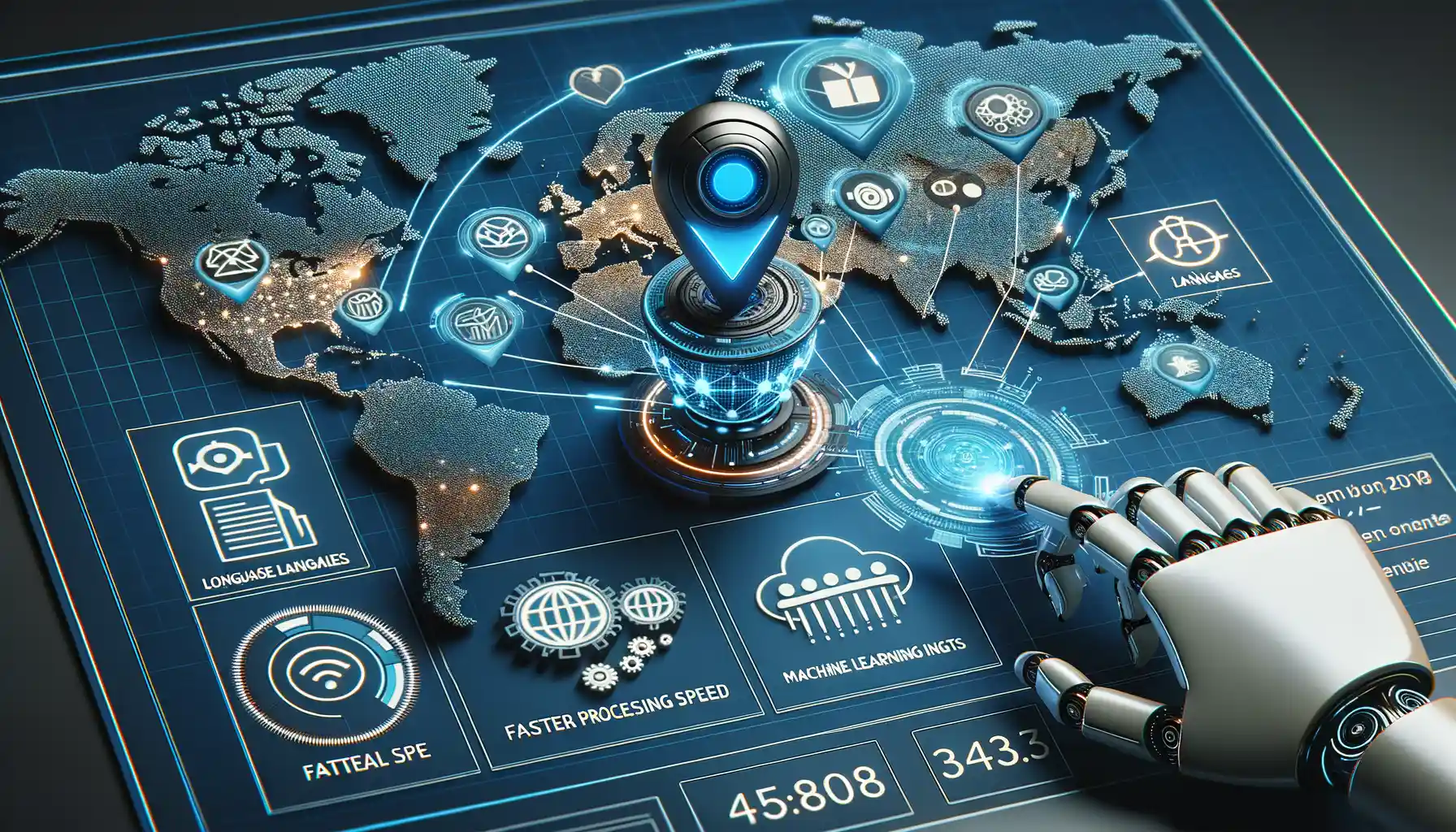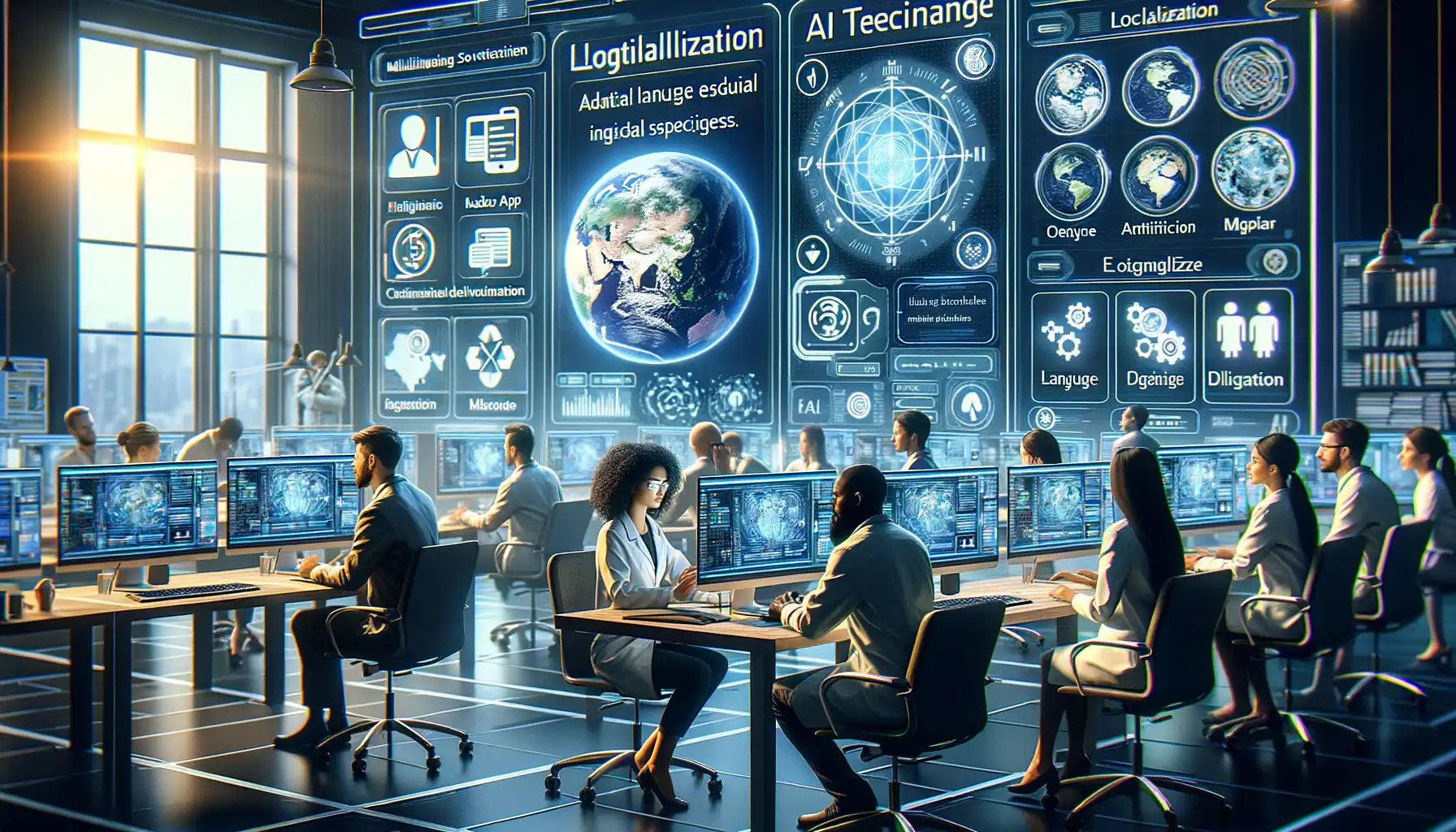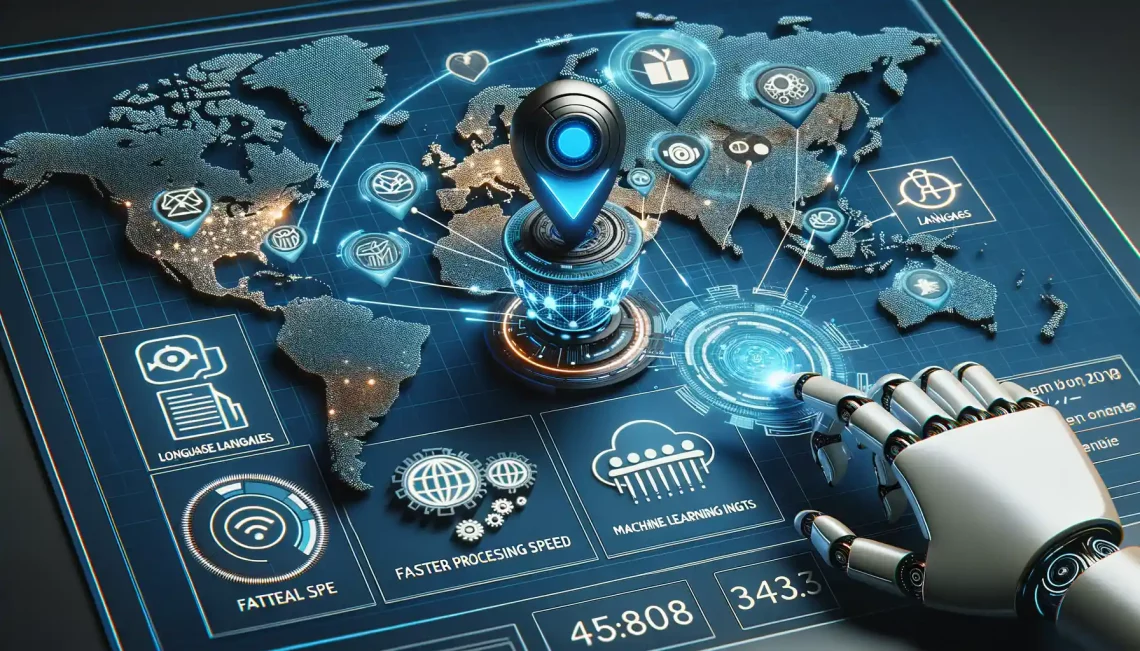Understanding the Role of AI in Mobile App Localization
The Power Dynamics Between AI and Mobile App Localization
Have you ever opened a mobile app, only to discover that it speaks *your* language, understands your quirks, and even uses phrases familiar to your culture? That seamless experience isn’t magic—it’s the work of cutting-edge AI in localization. Let’s break it down: imagine a tireless translator who works 24/7, learns faster than any human, and can adapt to dozens (if not hundreds) of languages effortlessly. That’s what AI is doing behind the scenes.
AI doesn’t just translate words; it captures subtleties, humor, and local slang. It recognizes that a phrase like “kick the bucket” might need something entirely different in another culture to make sense. Tools like neural machine translation (NMT) and natural language processing (NLP) allow apps to sound less robotic and more like… well, *a thoughtful friend*.
- Sentiment analysis: AI evaluates tone to ensure the right emotional connection with users.
- Content prioritization: It identifies what’s most essential for localization, skipping redundant efforts.
- Dynamic updates: With AI, apps can instantly refresh translations as new data flows in.
Localization isn’t just technical—it’s personal. By leveraging AI, developers can ensure their apps resonate deeply, no matter where in the world they land.
Key Benefits of AI-Driven Localization

Speed Meets Precision: Faster Localization Like Never Before
Localization used to feel like translating a novel by hand—painstaking and time-consuming. With AI-powered localization tools, it’s like switching to light-speed typing. AI doesn’t just translate your app into multiple languages; it analyzes context, culture, and user preferences with lightning precision. Imagine launching your app globally in weeks instead of months!
The magic lies in how smart these systems are. They identify nuances that human translators might miss, such as slang, idioms, or region-specific vernacular. Developers say AI feels like having a round-the-clock assistant who knows every global dialect. It’s not just fast—it’s eerily accurate.
Example? AI ensures that “color” becomes “colour” in British English but doesn’t change technical terms that need consistency worldwide. The result? Content that feels native, not robotic.
- Rapid turnaround times without sacrificing quality.
- Fewer errors thanks to AI’s ability to learn from feedback.
- Stress-free scalability for expanding markets.
Unlocking Affordable Global Potential
Let’s be real—traditional localization can cost a fortune. But with AI-driven solutions, even smaller app developers can afford to dream big. Picture this: instead of hiring dozens of linguists, AI automates the heavy lifting, saving you countless hours and budget.
AI minimizes human interventions while maximizing impact. Have a niche yoga app? AI can localize it to fit India’s wellness trends or Japan’s mindfulness practices seamlessly. And because AI improves over time, each update reduces costs even further. It’s like hiring someone who gets smarter—and cheaper—the longer they work for you.
That’s not cutting corners; that’s harnessing next-gen efficiency.
AI Technologies Transforming Localization Processes

Smart Translation Engines: Breaking Language Barriers
Picture this: your app speaks to a global audience, not in clunky, literal translations but in seamless, localized messaging that feels like it was handcrafted for each culture. That’s the magic of AI-powered smart translation engines. These tools go far beyond basic word-for-word exchanges. They analyze context, nuance, and even idioms to ensure your text doesn’t just translate—it resonates.
Take, for instance, apps like fitness trackers. A motivational tagline like “Let’s crush it!” would fall flat if directly translated into another language. With AI neural networks, this phrase can be linguistically recast in a way that pumps up users everywhere, while keeping the energy and intent alive.
- AI parses cultural differences while preserving tone.
- It adapts humor, slang, and metaphors with uncanny precision.
- Machine learning improves results by analyzing user feedback.
Speech & Visual Recognition: Enhancing Accessibility
Ever uploaded an image on an app like travel planners only to see it tagged or translated automatically? Welcome to the future where computer vision meets localization! From scanning restaurant signs abroad to transcribing speech in real-time, AI is making mobile apps multilingual marvels.
Think of accessibility tools: voice recognition ensures visually impaired users navigate through apps effortlessly, while live subtitle generators bridge gaps for diverse audiences. Combine these capabilities, and you’re not just building an app—you’re crafting inclusive experiences.
Challenges and Limitations of AI in Localization

The Human Touch: Where AI Stumbles
Let’s face it—AI, no matter how brilliant, isn’t perfect. When it comes to localization, there’s one glaring truth: robots aren’t humans. They lack cultural context, emotional nuance, and that instinctive “feel” for a language that only a native speaker can provide. For example, an AI might translate a joke perfectly word-for-word but miss the pun entirely, leaving users scratching their heads instead of laughing.
And then there’s the challenge of dialects and regional variations. Spanish in Mexico? Very different from Spanish in Spain. An AI might default to a standardized version of a language, which can alienate users who expect their native slang or idioms. Imagine offering a mobile app in British English to an American audience—it just doesn’t click the same way.
The Technical Hiccups
Beyond linguistics, let’s talk tech. AI models rely heavily on data, and more often than we’d like, this data has blind spots. Common issues include:
- Inconsistent translations, especially if your app updates frequently.
- Context confusion: Does “menu” refer to food options or your UI settings?
- Mistranslations of rare terms or industry-specific jargon.
While AI is powerful, it still trips over nuances we take for granted.
Future Trends in AI-Powered Mobile App Localization

The Rise of Ultra-Personalized Localization
Picture this: a user in Tokyo opens a fitness app and sees not just the text translated into Japanese but also recommendations for workouts tailored to local traditions, like morning radio calisthenics. This isn’t a far-off dream—it’s the future, driven by cutting-edge AI.
Emerging technologies like AI-powered sentiment analysis are transforming how we think about localization. Apps won’t just translate—they’ll adapt themselves to users’ preferences, cultural nuances, and even seasonal trends in real-time. Imagine an e-commerce app that adjusts its promotions based on festivals or weather patterns in your area. That’s not just localization; it’s hyper-relevance.
- Context-aware translation: AI systems will soon grasp the finer details, like idioms, slang, and tone, making apps sound natural and relatable.
- Voice and video localization: New algorithms are primed to handle not just written language but also spoken dialects and cultural references in multimedia content.
Real-Time Localization as a Game-Changer
The days of static updates are numbered. Thanks to faster machine learning and neural networks, AI is unlocking real-time localization. This means an app could seamlessly adjust its interface while you’re using it—switching from formal to casual language if it senses your tone through chat history.
A great example? Language-learning apps like Duolingo may evolve to detect regional accents and suggest corrections or more relevant phrases on the fly. Faster, smarter, and deeply intuitive, these advancements will blur the line between tech and human understanding. You’re not adapting to the app; the app is adapting to you.






